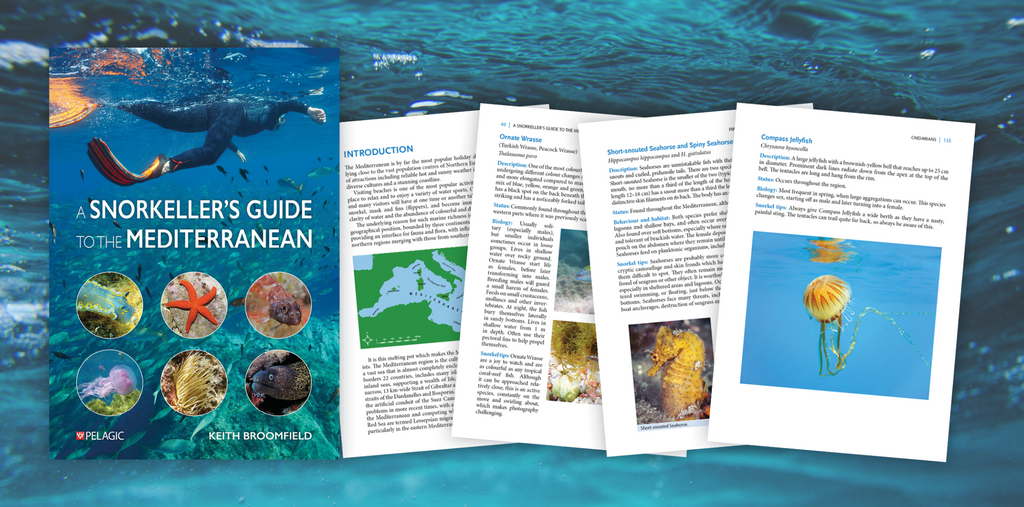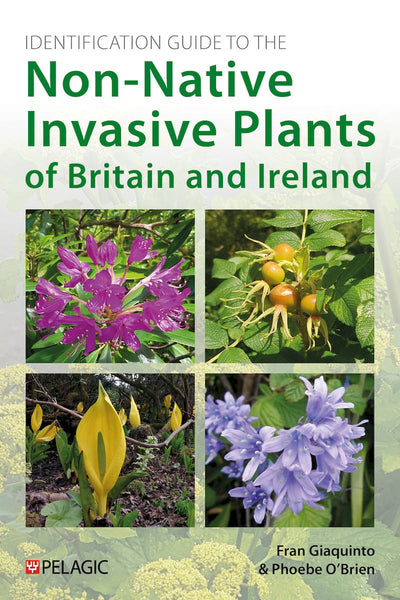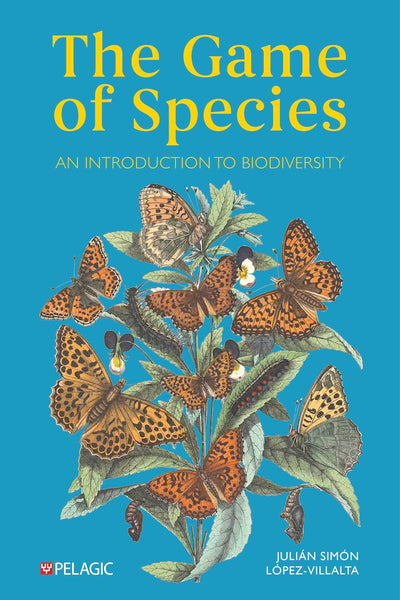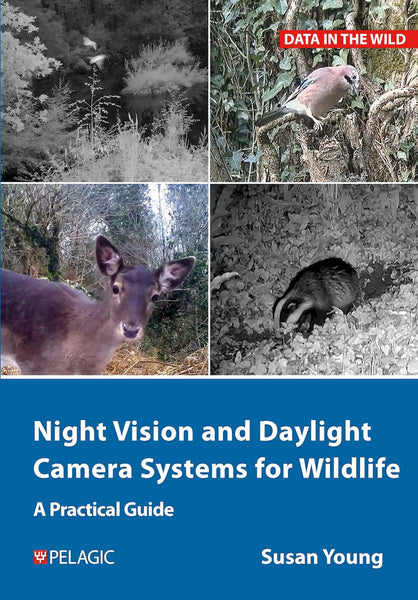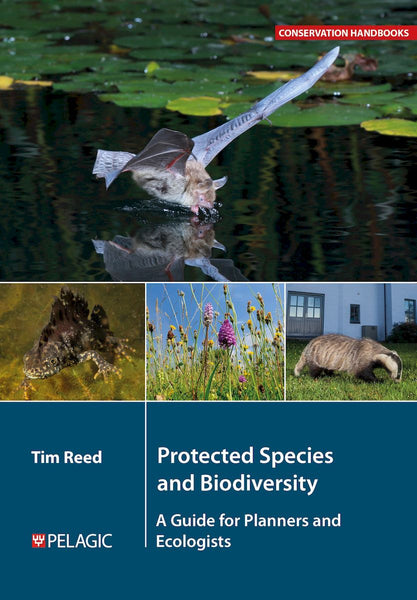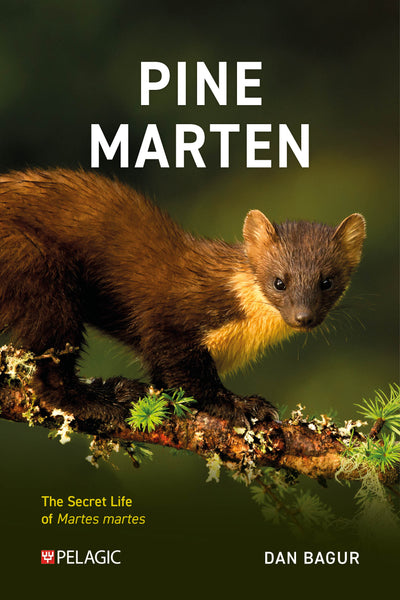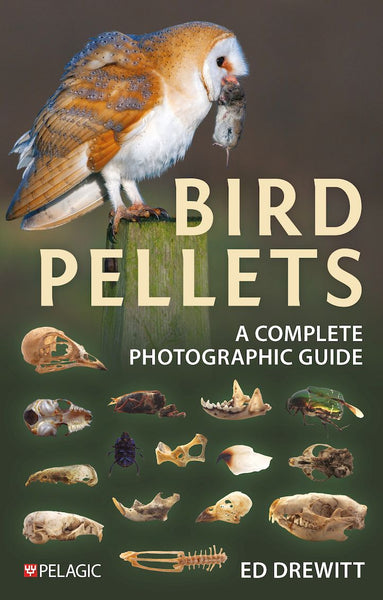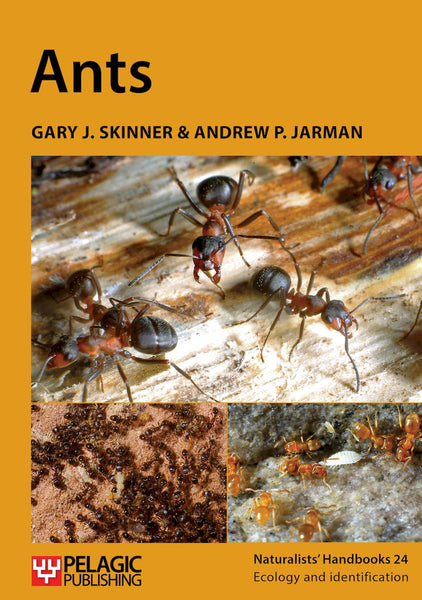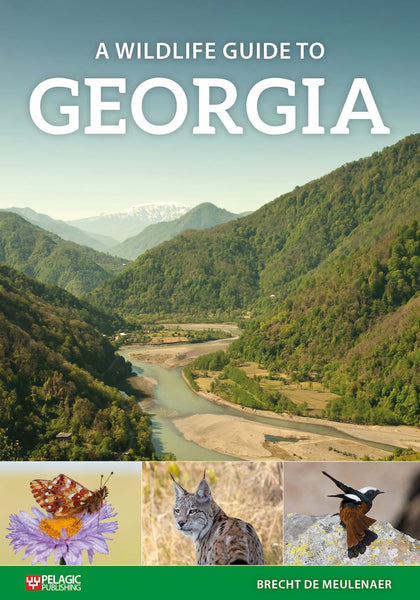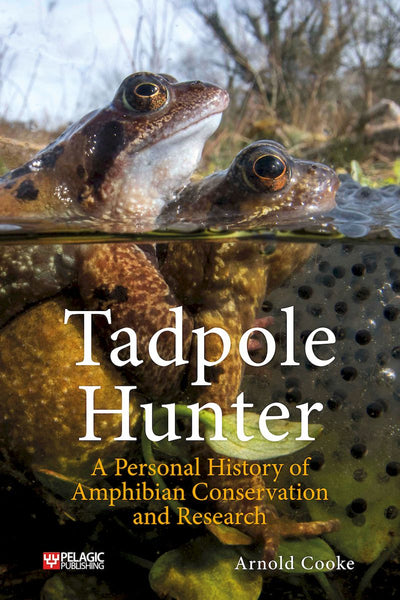Keith Broomfield talks to us about A Snorkeller’s Guide to the Mediterranean and his passion for snorkelling and the marine world.
Could you tell us a little about your background and when your interest in snorkelling began?
I have always been interested in nature from my earliest days when growing up in Edinburgh, and when about 10 years old, my parents took me to a beach in Berwickshire where I snorkelled for the first time, wearing just a pair of swimming trunks. Of course, the water was freezing, but I was totally transfixed by the beauty of the underwater marine world, and recall seeing flounders and sea scorpions – the hook had well and truly been set and I was addicted. Once in my teens, I purchased a wetsuit, which made snorkelling much more comfortable, and I would explore places such as the west coast of Scotland.
My interest in nature transcends all parts of the animal and plant kingdoms, and I have written three books on British nature – If Rivers Could Sing, A Scottish Wildlife Odyssey and Wild Quest Britain published by Tippermuir Books. My latest book – Wild Edinburgh – will be published in the near future. I also write weekly nature columns for The Press & Journal, The Courier and Alloa Advertiser newspapers in Scotland. I love writing about nature, and in my weekly columns I frequently write about the underwater world, which is something I am very proud about because this is an aspect of British nature writing that is often neglected. I also like to take my interest and knowledge of the natural world into voluntary work, and as such, I am a trustee of the Forth Rivers Trust and a board member and editor of the Forth Naturalist & Historian.

What led you to choose the Mediterranean as the focus of the book?
In 1981, between leaving school and going to study Zoology at Aberdeen University, I went on holiday to the island of Rhodes in Greece. The snorkelling there was phenomenal – crystal clear warm water and a huge abundance of fish and other marine life. It was mind-blowing, and because I didn’t know what most of the species were, I purchased Fishes of the Sea by John and Gillian Lythgoe (Blandford Press, 1971), and the book became my constant companion on every subsequent trip for many years to the Mediterranean, the pages well-thumbed and providing an essential identification guide for my snorkelling adventures. It is amazing how one book can inspire and enthuse you – and this book certainly did that.
The book also catalysed a yearning to write my own marine life identification guide for tourists visiting the Mediterranean who enjoy snorkelling and are interested in nature – and 40 or so years later, The Snorkeller's Guide to the Mediterranean is the end-result.

What was the biggest challenge you faced whilst writing A Snorkeller's Guide to the Mediterranean?
My initial interest in Mediterranean marine life was fish, but over the years it has been the invertebrates that have captivated my imagination because of their immense diversity in form, including jellyfish, sea anemones, sponges and nudibranchs. The major challenge with many of these invertebrates is identifying them down to species level, especially under snorkel conditions. Indeed, even experts I consulted with on some of my photographs, found it impossible to accurately identify the species, although it was normally possible to narrow down to genus or family. Where this happens, I have been transparent in the way I have presented the book so that readers gain an insight into the identification challenges. In saying that, I do like to know what species are, and it is frustrating when not being able to make an accurate identification.
Another issue with Mediterranean marine life is the nomenclature, with some species having several different English names. For example, the seabream species with the scientific name Sarpa salpa can be variously known as Saupe, Salema, Cow Bream or Goldline. In such instances, I have listed all the alternative names.
A final challenge was the travel, trying to do all my research that covered the western, central and eastern parts of the Mediterranean. Inevitably, there are vast areas where I have not visited, but in a way I find that tantalising, knowing there will always be new and exciting discoveries to be made.
Did you discover anything that particularly surprised you whilst researching the book?
I think it the was the extent, especially in the eastern Mediterranean, that Indo-Pacific fauna, the so-called Lessepsian migrants, have arrived from the Red Sea through the artificial conduit of the Suez Canal, in particular rabbitfish. There was no sign of them at all when I first snorkelled in Rhodes in 1981, but now they have a strong foothold. This is worrying because of the way that they will out-compete native species.
Another welcome surprise was that new species are still being found in the Mediterranean – for example the incognito goby was only recognised as a separate species in 2016 because it was being confused with another species – and as it turns out, incognito gobies are actually quite common.

The book contains just under 250 beautiful colour photographs. What advice would you give someone looking to take up underwater photography as a hobby?
Well, for a start, go and do it! It is a totally absorbing hobby and in a way is a bit like hunting for quarry, but in a totally benign manner. The thrill of taking a good photograph is incredible and I’m still learning all the time. The environment is challenging because of the motion of the waves, the refraction of the water and the limits of holding one’s breath. But the great thing is it’s not expensive – all the photographs I took in the book were from underwater cameras that cost me around £400 from new. The great thing in this digital age is that compared to traditional film, you can take numerous images, which dramatically increases the chances of achieving a good photo.

Do any of your experiences whilst snorkelling in the Mediterranean stand out as your favourite or most memorable?
I always enjoy encountering octopuses – they are such engaging creatures, and when you gaze into their eyes, one can sense their great intelligence.
My most painful experience was swimming through a huge swarm of mauve stinger jellyfish in Majorca. I was desperate to get good photos, but to do so, I had to swim in among them when just wearing swimming shorts. In hindsight, it was an unbelievably stupid thing to do as I got badly stung – but the upside was that the photographs were great!
Learn more about A Snorkeller’s Guide to the Mediterranean here.






